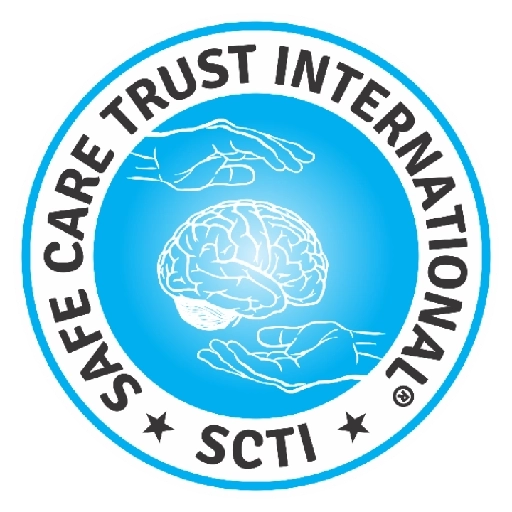Mental illnesses are health conditions involving changes in emotion, thinking or behavior (or a combination of these). Mental illnesses can be associated with distress and/or problems functioning in social, work or family activities.
Mental illness is nothing to be ashamed of. It is a medical problem, just like heart disease or diabetes.
Mental illness is common. In a given year:
Nearly one in five (19%) U.S. adults experience some form of mental illness.
One in 24 (4.1%) has a serious mental illness*.
One in 12 (8.5%) has a diagnosable substance use disorder.
Mental illness is treatable. The vast majority of individuals with mental illness continue to function in their daily lives.
About Mental Health
Mental Health…involves effective functioning in daily activities resulting in:
- Productive activities (such as in work, school or caregiving).
- Healthy relationships.
- Ability to adapt to change and cope with adversity.
Mental Illness…refers collectively to all diagnosable mental disorders — health conditions involving:
- Significant changes in thinking, emotion and/or behavior.
- Distress and/or problems functioning in social, work or family activities.
Mental health is the foundation for emotions, thinking, communication, learning, resilience, hope and self-esteem. Mental health is also key to relationships, personal and emotional well-being and contributing to community or society. Mental health is a component of overall well-being. It can influence and be influenced by physical health.
Many people who have a mental illness do not want to talk about it. But mental illness is nothing to be ashamed of! It is a medical condition, just like heart disease or diabetes. And mental health conditions are treatable. We are continually expanding our understanding of how the human brain works, and treatments are available to help people successfully manage mental health conditions.
Mental illness does not discriminate; it can affect anyone regardless of your age, gender, geography, income, social status, race, ethnicity, religion/spirituality, sexual orientation, background or other aspect of cultural identity. While mental illness can occur at any age, three-fourths of all mental illness begins by age 24.
Diagnosis
Mental health conditions are treatable and improvement is possible. Many people with mental health conditions return to full functioning. Some mental illness is preventable.
It is not always clear when a problem with mood or thinking has become serious enough to be a mental health concern. Sometimes, for example, a low or depressed mood is normal, such as when a person experiences the loss of a loved one. But if that depressed mood continues to cause distress or gets in the way of normal functioning, the person may benefit from professional care. Family or friends may recognize changes or problems that a person doesn’t see in themselves.
Some mental illnesses can be related to or mimic a medical condition. For example, depressive symptoms can relate to a thyroid condition. Therefore, a mental health diagnosis often involves a full health evaluation including a physical exam. This may include blood work and/or neurological tests.
People of diverse cultures and backgrounds may express mental health conditions differently. For example, some are more likely to come to a health care professional with concerns about physical symptoms that are caused by a mental health condition. Some cultures view and describe mental health conditions in different ways from most doctors in the U.S.
Stigma around mental illness and treatment prevents many people from seeking needed treatment.
Mental illnesses take many forms. Some are mild and only interfere in limited ways with daily life, such as some phobias (abnormal fears). Other mental health conditions are so severe that a person may need care in a hospital. Similar to other medical illnesses, the optimal ways to provide care depend on the illness and the severity of its impact
The diagnosis of a mental disorder is not the same as a need for treatment. Need for treatment takes into consideration how severe the symptoms are, how much symptoms cause distress and affect daily living




